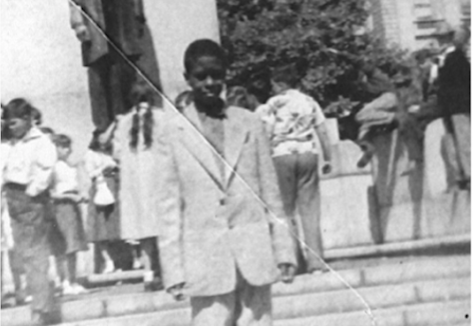Vlogbrothers and “Nerdfighter” online personalities Hank and John Green set about conquering the world of educational media a few years ago—while also writing bestselling novels, recording popular albums, and creating startups and charitable organizations on the side. They’ve almost succeeded, with their “Crash Course” video series steamrolling its way through U.S. History, World History, and the History of Everything Else, as well as Psychology, Literature, the Sciences, and, now, Philosophy, just above, with Hank taking on the professorial duties. “It’s gonna be hard,” he says in the intro video above, “and enlightening, and frustrating, and if I do my job properly it’s going to stick with you long after you and I have parted ways.”
Hank begins where we generally do, in ancient Greece, and introduces the three main branches of philosophy: metaphysics, epistemology, and ethics. Next up, in episode two above, he dives into logic and argumentation, subjects dear to the heart of an internet-based educator, whose audience is quite familiar with the contentious online commentariat. Hank’s style, like his brother’s, is hip, fast-paced, and full of witty editorial asides, enhanced by clever editing, pop-culture references, and animated visual aids. In short, he’s exactly what you wish your college professors were like in the classroom.
Is taking one of the Green’s “crash courses” the equivalent of a college intro course? I guess it would depend on the college, the class, and the instructor. Your mileage may vary with any educational experience, and everyone has their own way of learning. If you’re comfortable having information delivered at the speed of advertising—which I do not mean as an insult, but as an accurate description of their pacing—then you may find that the Green’s methods work perfectly well. If you need to mull things over, take careful notes, hear in-depth explanations, etc., you may consider these videos as fun ways to get your feet wet. Then when you’re ready to dive in, consider taking one of the many free online philosophy courses we feature on the site, and supplementing with podcasts, free eBooks, and other resources.
If you follow this playlist, you can find more Crash Course Philosophy videos as they become available.
Related Content:
Download 100 Free Online Philosophy Courses & Start Living the Examined Life
Learn The History of Philosophy in 197 Podcasts (With More to Come)
Josh Jones is a writer and musician based in Durham, NC. Follow him at @jdmagness



